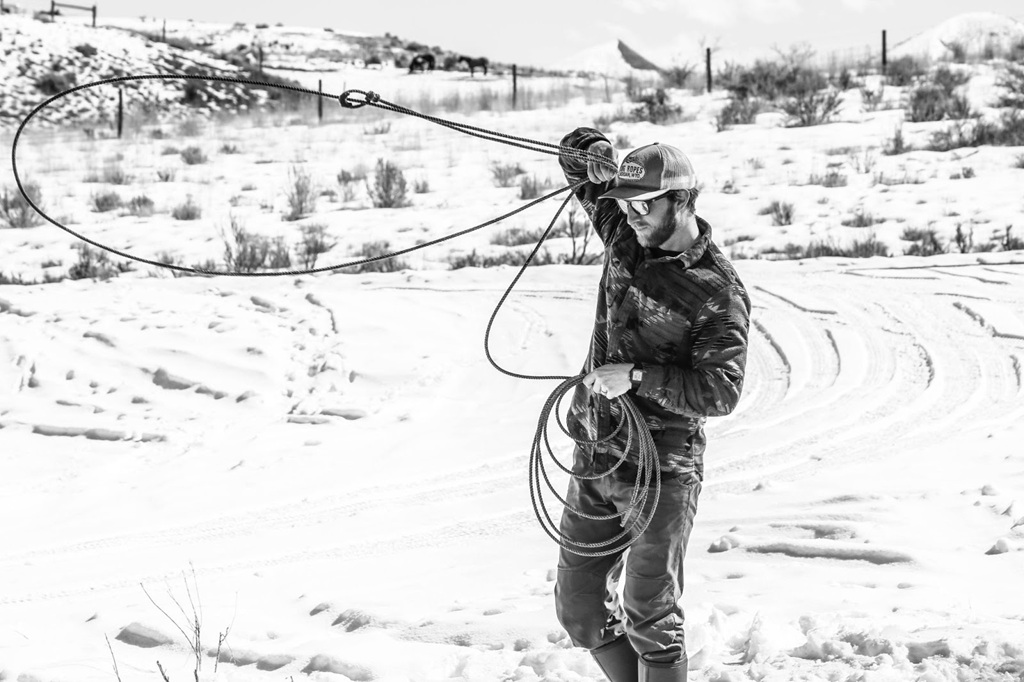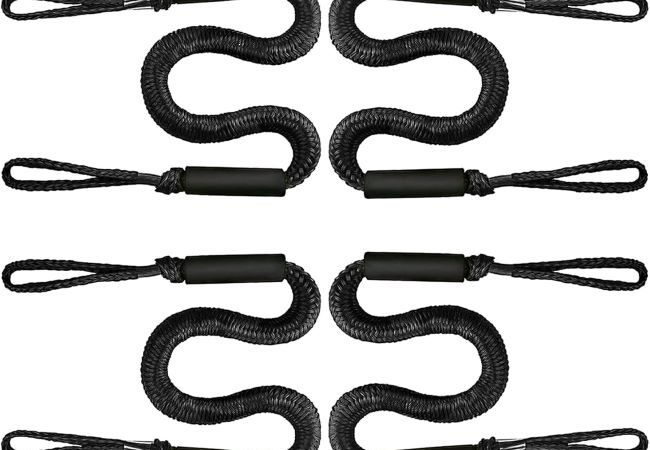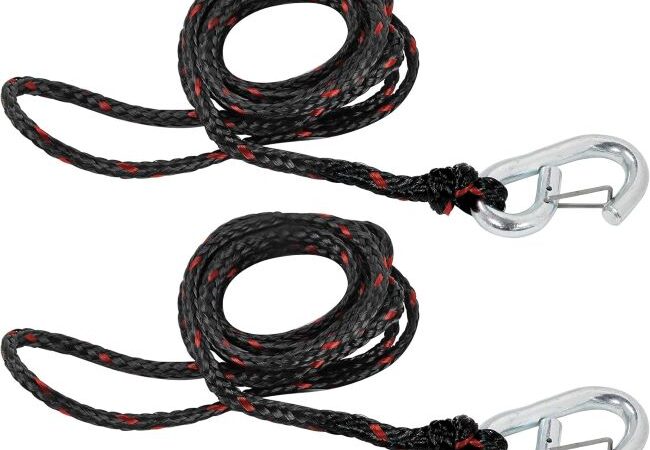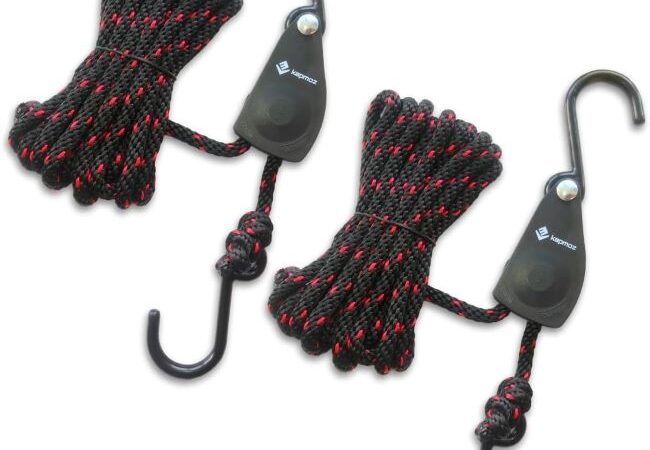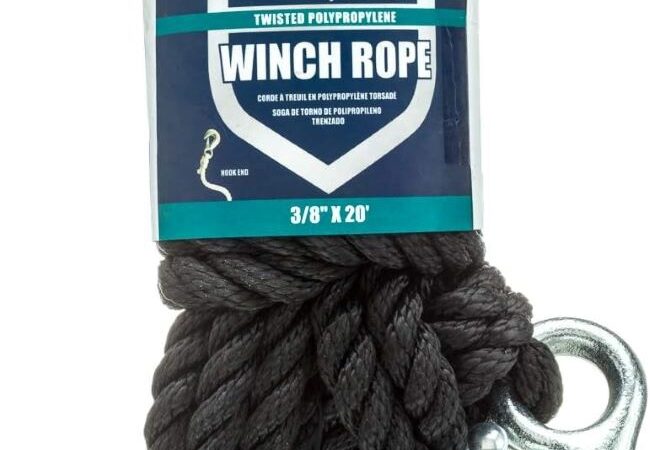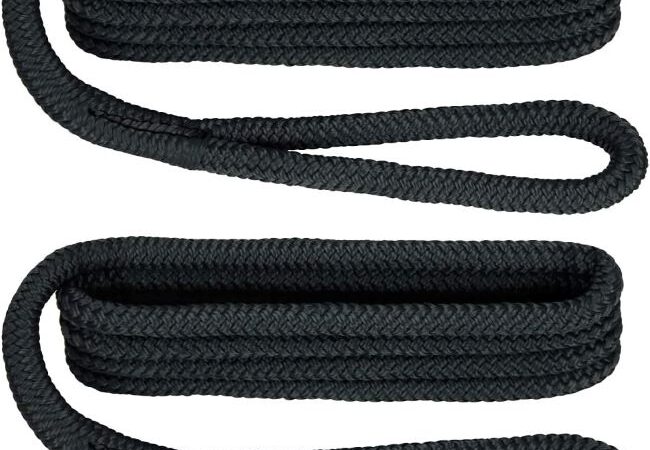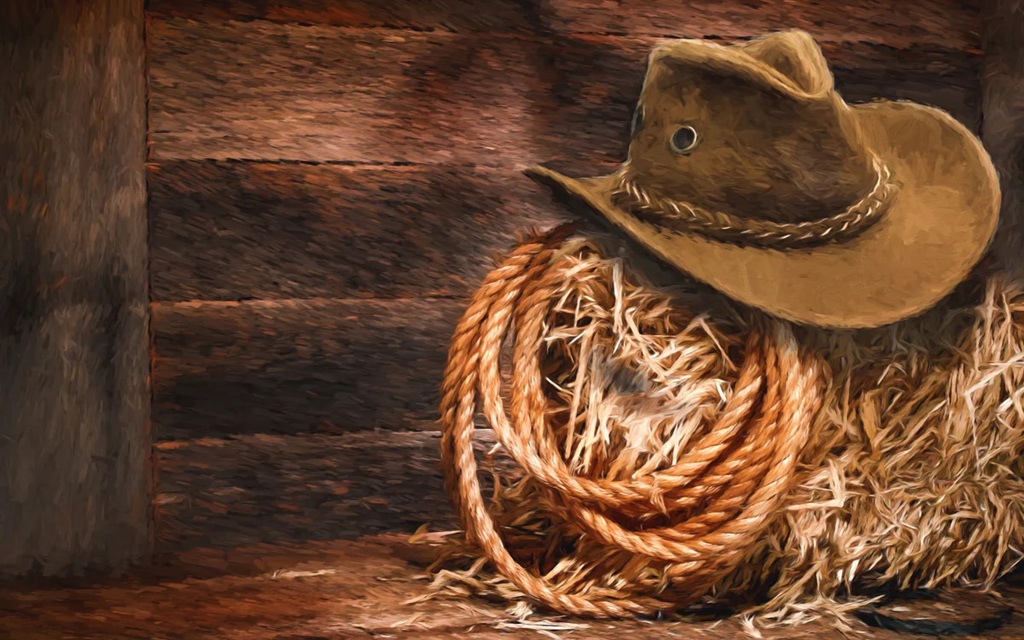
What is Lasso Rope Made Of? Unraveling the Secrets of the Cowboy’s Essential Tool
Ever wondered what is lasso rope made of? This seemingly simple tool, essential to cowboys and rodeo stars, has a rich history and a complex construction. From wrangling cattle to thrilling rodeo performances, the lasso rope plays a crucial role. Let’s delve deep into its composition, history, and modern uses.
Contents at a Glance
ToggleThe Diverse Materials That Shape a Lasso
The materials used in lasso ropes have evolved significantly over time. Understanding these materials is key to appreciating the rope’s functionality and durability.
Traditional Materials: Natural Fibers
Historically, lasso ropes were crafted from natural fibers, each offering unique properties:
- Manila: Derived from the abaca plant, manila ropes were strong and durable, a staple for early cowboys. However, they were susceptible to rot and shrinkage when wet.
- Cotton: Softer and more pliable than manila, cotton ropes were gentler on livestock. They lacked the strength and durability required for heavy-duty work.
- Leather: Braided leather ropes, or riatas, were prized for their strength and longevity. They required meticulous craftsmanship and were often considered a cowboy’s most valuable possession.
Modern Materials: Synthetic Innovations
Today, synthetic fibers have largely replaced natural materials, offering superior performance and longevity:
- Nylon: Known for its exceptional strength and elasticity, nylon is a popular choice for modern lasso ropes. It resists rot, mildew, and abrasion, making it ideal for harsh conditions.
- Polyester: Similar to nylon, polyester offers excellent strength and durability. It is less elastic than nylon, providing a different feel and performance.
- Blends: Many modern lasso ropes combine nylon and polyester to achieve a balance of strength, elasticity, and feel. Such blends offer the best of both worlds.
Construction and Braiding: The Key to Performance
Beyond the materials, the construction of a lasso rope is crucial for its performance. Braiding techniques influence the rope’s feel, weight, and handling.
- Four-Strand: A common braiding pattern offering a balance of strength and flexibility.
- Three-Strand: A simpler braid, often used for beginner ropes or ropes requiring a stiffer feel.
- Core and Cover: Some ropes feature a core of one material (e.g., nylon) and a cover of another (e.g., polyester), allowing for customized performance characteristics.
The Evolution of Lasso Ropes: From Cattle Drives to Rodeo Arenas
Lasso ropes have a rich and fascinating history, evolving alongside the American West.
Early Uses: Cattle Drives and Ranch Work
In the early days of the American West, lasso ropes were indispensable tools for cattle drives and ranch work. Cowboys relied on them to:
- Wrangle and control livestock.
- Perform essential tasks like branding and doctoring cattle.
- Secure equipment and supplies.
Rodeo Ropes: Precision and Performance
As rodeo became a popular sport, lasso ropes evolved to meet the demands of competitive events. Rodeo ropes are designed for:
- Speed and accuracy in roping events like calf roping and team roping.
- Specific feels and handling characteristics preferred by individual competitors.
- Consistent performance under high stress conditions.
Modern Applications: Beyond the Rodeo
While still essential in ranching and rodeo, lasso ropes have found applications in other areas:
- Animal rescue and control.
- Search and rescue operations.
- Industrial applications requiring strong, durable ropes.
Related: What is Jockey Rope? Understanding Its Uses and Applications
Choosing the Right Lasso Rope: Factors to Consider
Selecting the right lasso rope depends on several factors, including:
- Material: Consider the desired strength, elasticity, and durability.
- Length: Choose a length appropriate for your intended use and skill level.
- Diameter: A thicker rope offers more strength, while a thinner rope provides greater sensitivity.
- Braiding: Select a braiding pattern that suits your preferred feel and handling.
- Rodeo event: Each rodeo event has specific rope requirements.
Maintaining Your Lasso Rope: Longevity and Performance
Proper maintenance is crucial for extending the life of your lasso rope and ensuring optimal performance.
- Cleaning: Regularly clean your rope to remove dirt and debris.
- Storage: Store your rope in a cool, dry place away from direct sunlight.
- Inspection: Regularly inspect your rope for signs of wear and tear, replacing it when necessary.
- Conditioning: Leather ropes need conditioning to maintain flexibility. Synthetic ropes may need regular cleaning.
Related: What is IRATA Rope Access? Understanding the Essentials
Lasso Rope Terminology: Understanding the Lingo
Understanding lasso rope terminology can enhance your knowledge and communication.
- Honda: The loop at the end of the rope through which the running end passes.
- Piggin’ string: A short rope used to tie the legs of a roped calf.
- Riatta: A braided rawhide rope.
- Burn: Damage to the rope caused by friction.
The Future of Lasso Ropes: Innovations and Advancements
Ongoing research and development are driving innovations in lasso rope technology. Expect to see:
- New synthetic materials with enhanced performance characteristics.
- Advanced braiding techniques for improved handling and durability.
- Customizable ropes tailored to individual preferences and needs.
Related: What is Hemp Rope Used For? Unveiling Its Versatile Applications
Conclusion: The Enduring Legacy of the Lasso Rope
The lasso rope, with its diverse materials and intricate construction, remains an essential tool for cowboys and rodeo stars alike. Understanding what is lasso rope made of is just the beginning. From its humble beginnings on the open range to its modern applications in various fields, the lasso rope’s legacy endures.
Ready to experience the power and precision of a high-quality lasso rope? Explore our selection of premium ropes and find the perfect tool for your needs. Contact us today to learn more and elevate your roping game!

